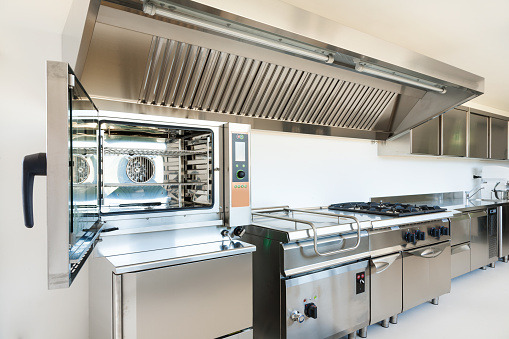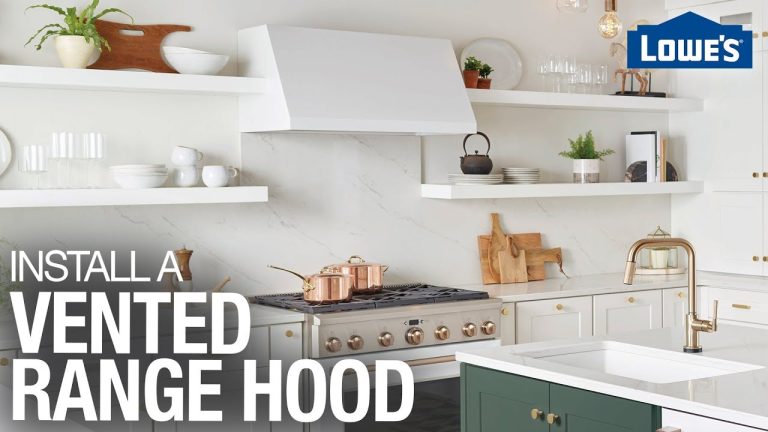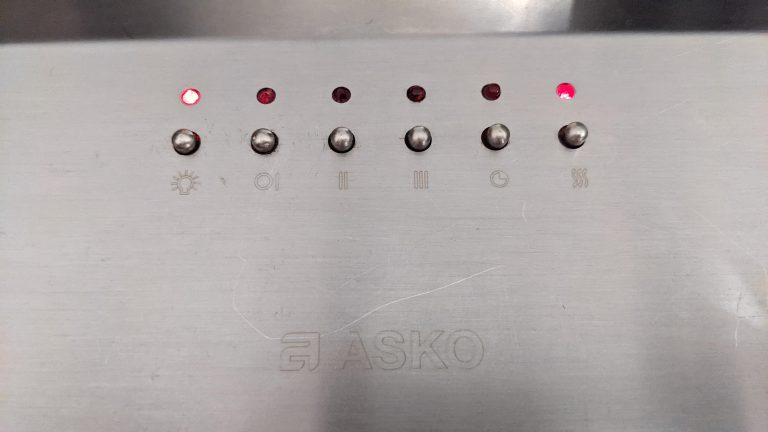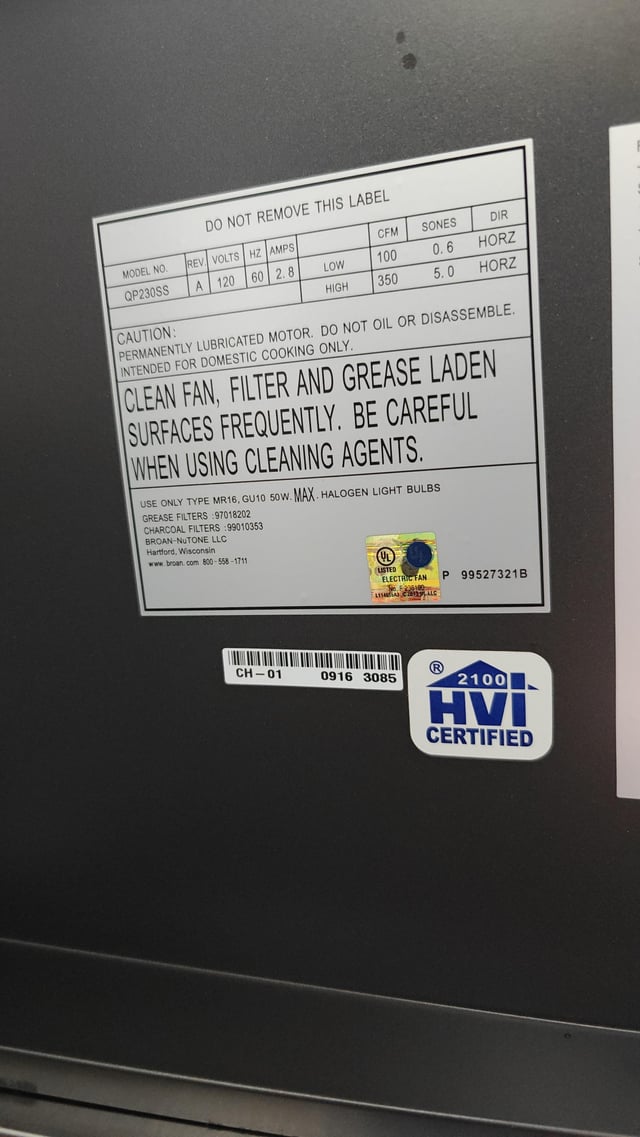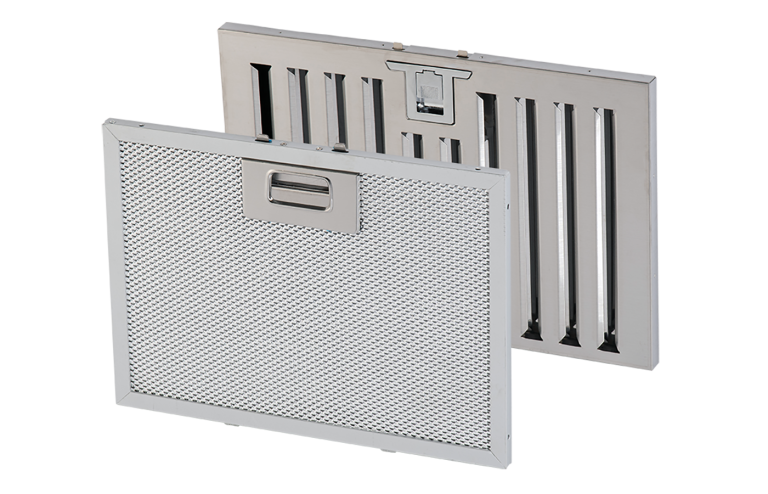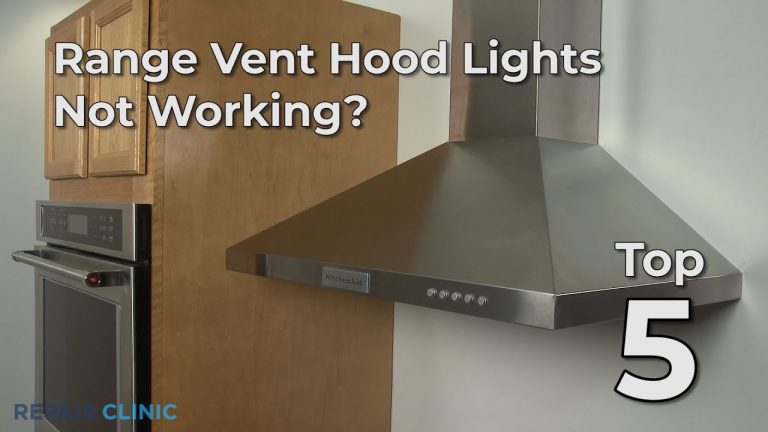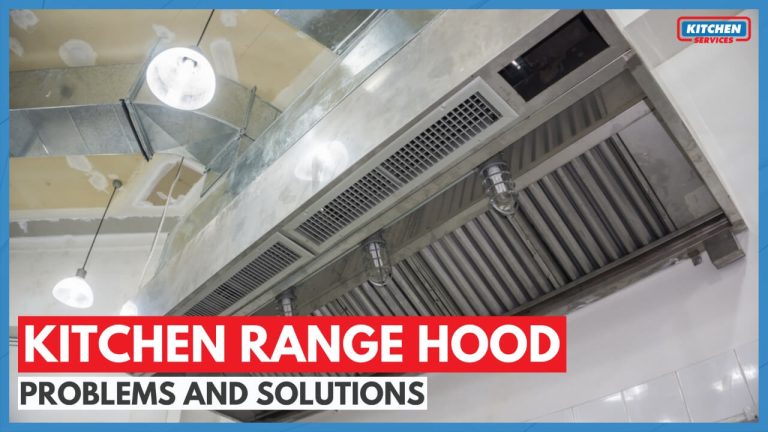California requires kitchen range hoods to comply with strict ventilation standards. These standards ensure proper air quality and safety in residential and commercial spaces.
In California, range hood requirements focus on efficient ventilation and air quality. Homeowners must select hoods that meet local building codes and energy efficiency standards. This ensures that cooking odors, smoke, and moisture are effectively removed from the kitchen environment.
Proper installation and maintenance play a crucial role in maximizing the performance of range hoods. Understanding these requirements can help you make informed decisions when renovating or building a kitchen. Compliance not only enhances safety but also contributes to a healthier living space. Familiarity with these regulations is essential for homeowners, builders, and contractors alike.
Introduction To California Range Hood Regulations
California has strict range hood regulations. These laws help ensure safety and efficiency. Homeowners must follow local codes. This includes using the right materials and designs.
State-specific codes cover various aspects. These include ventilation, noise levels, and energy use. Compliance is crucial for health and safety.
Ignoring these requirements can lead to fines. It can also cause installation issues. Proper compliance ensures your range hood works well.
| Aspect | Requirement |
|---|---|
| Ventilation | Must meet local air quality standards |
| Noise Levels | Should not exceed specified decibels |
| Energy Use | Must comply with energy efficiency regulations |
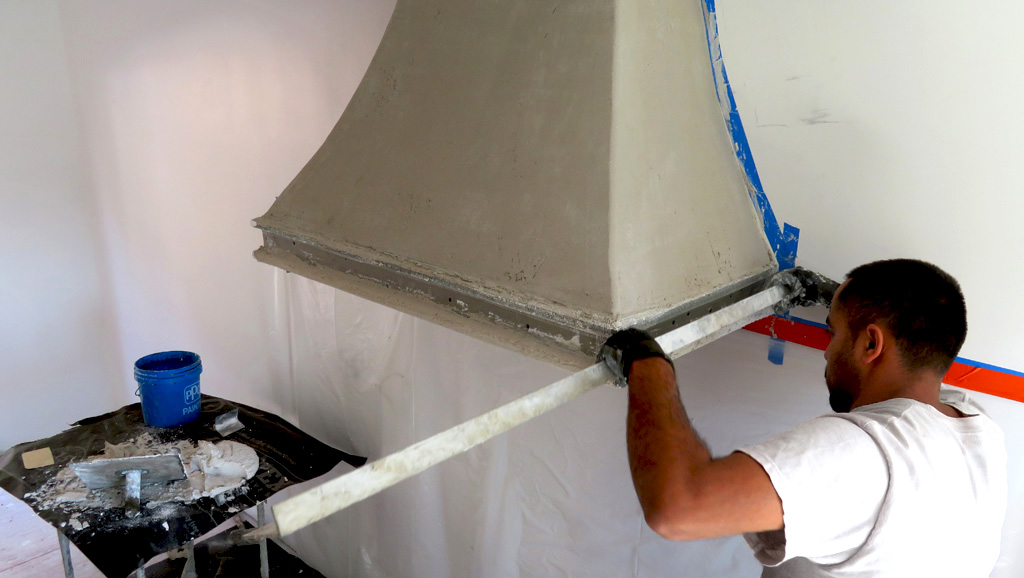
Credit: creatingspanishstylehomes.com
Residential Kitchen Ventilation Norms
California has specific ventilation norms for residential kitchens. These rules ensure safety and comfort. CFM stands for Cubic Feet per Minute. It measures how much air a range hood can move. Higher CFM ratings mean more air movement. This helps remove smoke and odors quickly.
Ducting plays a crucial role in ventilation. Proper ducting ensures efficient airflow. Use the right size ducts for your range hood. This improves performance and lowers noise levels. Keeping ducts short and straight is best. Avoid sharp bends to maintain airflow quality.
Commercial Kitchen Exhaust Protocols
California requires specific standards for commercial kitchen exhaust systems. Proper system design ensures efficient removal of smoke and odors. Ducts should be large enough to handle airflow. The hood must cover all cooking equipment completely.
Regular maintenance is essential for optimal performance. Schedule inspections to check for grease buildup. Clean filters and ducts to prevent fire hazards. Inspect fans and motors for any issues regularly.
Following these protocols keeps kitchens safe and compliant. This helps maintain a healthy environment for staff and customers.
Material And Installation Guidelines
California has specific requirements for range hoods and ductwork. Using approved materials is essential for safety and efficiency. Common materials include:
- Stainless Steel: Durable and easy to clean.
- Aluminum: Lightweight and corrosion-resistant.
- Galvanized Steel: Affordable and sturdy.
Proper installation is crucial. Professional installation ensures compliance with safety standards. Check for these aspects:
- Secure connections to prevent leaks.
- Correct sizing of ducts for effective airflow.
- Use of fire-rated materials when necessary.
Make-up Air Systems In California
Make-up air systems in California help maintain good indoor air quality. These systems replace air removed by exhaust hoods. Proper balance is crucial for a healthy home environment.
Automated systems adjust automatically based on air pressure changes. They ensure a steady supply of fresh air. Manual systems require regular checks and adjustments by homeowners. This can be less convenient but allows for more control.
Choosing between these systems depends on personal needs and home setup. Automated options might save time, while manual systems can be cheaper. Each option has its own benefits and drawbacks.
Energy Efficiency And Environmental Considerations
California has strict energy efficiency standards for range hoods. Compliance with Energy Star is essential. These products save energy and reduce environmental impact. They also lower utility bills.
Choosing eco-friendly options is important. Many brands now offer green models that use less energy. These options often include features like LED lighting and efficient motors. Selecting these can help protect the planet.
| Feature | Benefits |
|---|---|
| Energy Star Compliance | Lower energy use and costs |
| Eco-Friendly Options | Reduced environmental impact |
| LED Lighting | Longer lifespan and less energy |
Navigating Local Permits And Inspections
California has strict rules for range hoods. Start by checking local building codes. Each city may have different requirements.
Permits are necessary for installation. Visit your city’s website for specific details. Some areas may require a permit application and fees. Make sure to gather all required documents.
Prepare for the inspection by ensuring everything is in place. The inspector will check ventilation, electrical, and plumbing systems. Have all necessary paperwork ready for review. This can help the process go smoothly.
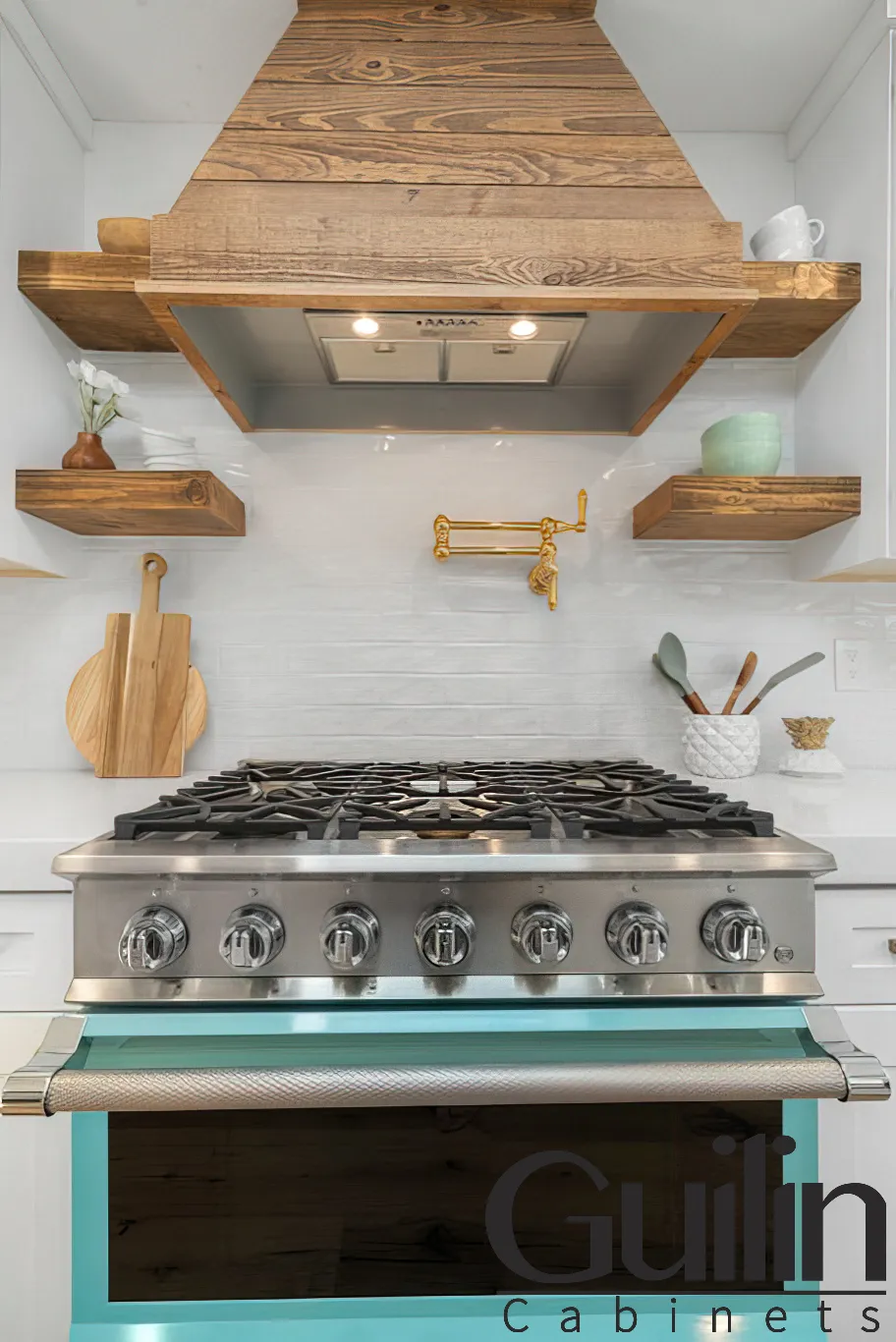
Credit: guilincabinets.com
Common Violations And How To Avoid Them
Common compliance issues with range hoods include poor ventilation and incorrect installation. Many homeowners fail to meet the minimum CFM (Cubic Feet per Minute) requirements. This can lead to excess smoke and odors in the kitchen.
Another issue is improper ducting. Ducts must be the right size and material. Using flexible ducting can create bends that trap grease and reduce airflow.
To avoid these problems, ensure you follow the local codes. Install a range hood that meets the required CFM for your cooking style. Regular maintenance is crucial for keeping the system clear and effective.
Check the manufacturer’s guidelines for installation. This ensures proper setup and compliance with safety standards. Regularly inspect and clean the filters to maintain optimal performance.
Updating Existing Range Hoods To Meet Current Standards
Updating existing range hoods is crucial for safety and efficiency. Retrofitting older installations can help meet California’s current standards. This process may involve replacing the fan, ductwork, or filters.
Consulting a professional is wise for complex upgrades. Experts understand the latest regulations and can ensure proper installation. They also help avoid potential hazards.
Signs you need professional help include:
- Old range hood not functioning well
- Unpleasant odors in the kitchen
- Excessive noise during operation
- Visible damage to the unit
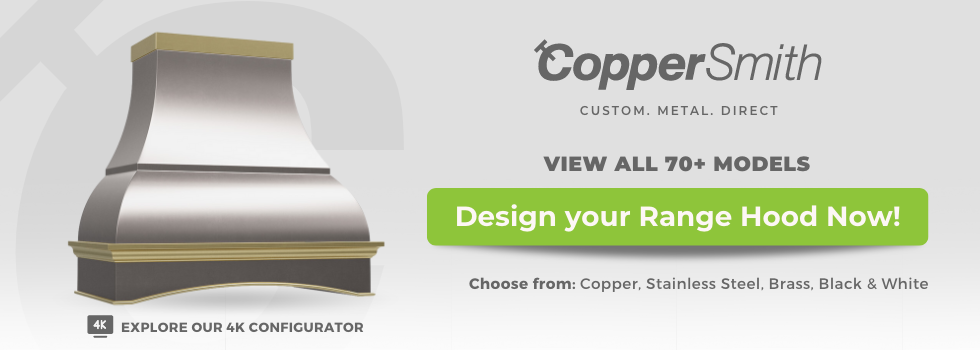
Credit: www.worldcoppersmith.com
Conclusion: Staying Ahead Of The Curve
Understanding California’s range hood requirements is crucial for homeowners. These rules help ensure safety and efficiency in kitchens. Complying with these standards can also improve air quality and reduce fire hazards.
Staying informed about changes in regulations is important. Regular updates can prevent costly fines and renovations. Educating yourself about these requirements protects both your home and family.
| Benefit | Description |
|---|---|
| Improved Safety | Reduces risks of fire and smoke damage. |
| Better Air Quality | Enhances indoor air circulation and freshness. |
| Increased Home Value | Meets modern standards, appealing to buyers. |
Frequently Asked Questions
What Are The Basic California Range Hood Requirements?
California requires range hoods to meet specific standards for ventilation and efficiency. They must be installed above cooking appliances and vent outside. Hoods should have a minimum airflow of 300 CFM for gas ranges. Additionally, they need to comply with Title 24 energy efficiency standards.
Do I Need A Range Hood In California?
Yes, a range hood is required in California for new kitchen installations. It helps eliminate smoke, odors, and excess heat. Proper ventilation is vital for indoor air quality and safety. Always check local building codes for specific requirements related to your area and home type.
What Types Of Range Hoods Are Allowed In California?
California permits various types of range hoods, including wall-mounted, under-cabinet, and island models. Each type must meet airflow and energy efficiency standards. Consider your kitchen layout and ventilation needs when selecting a range hood. Always ensure it complies with local regulations for installation.
How Do I Determine The Right Cfm For My Range Hood?
To determine the appropriate CFM for your range hood, consider your stove type and size. Generally, gas ranges require a minimum of 100 CFM per linear foot of cooking surface. For electric ranges, 200 CFM is often sufficient. Always consult your range hood’s specifications and local codes for guidance.
Conclusion
Understanding California range hood requirements is essential for homeowners and builders alike. Compliance ensures safety and efficiency in your kitchen. By following the guidelines, you can enhance air quality while improving your cooking space. Stay informed and make the right choices for a healthier home environment.
Your kitchen deserves it!
